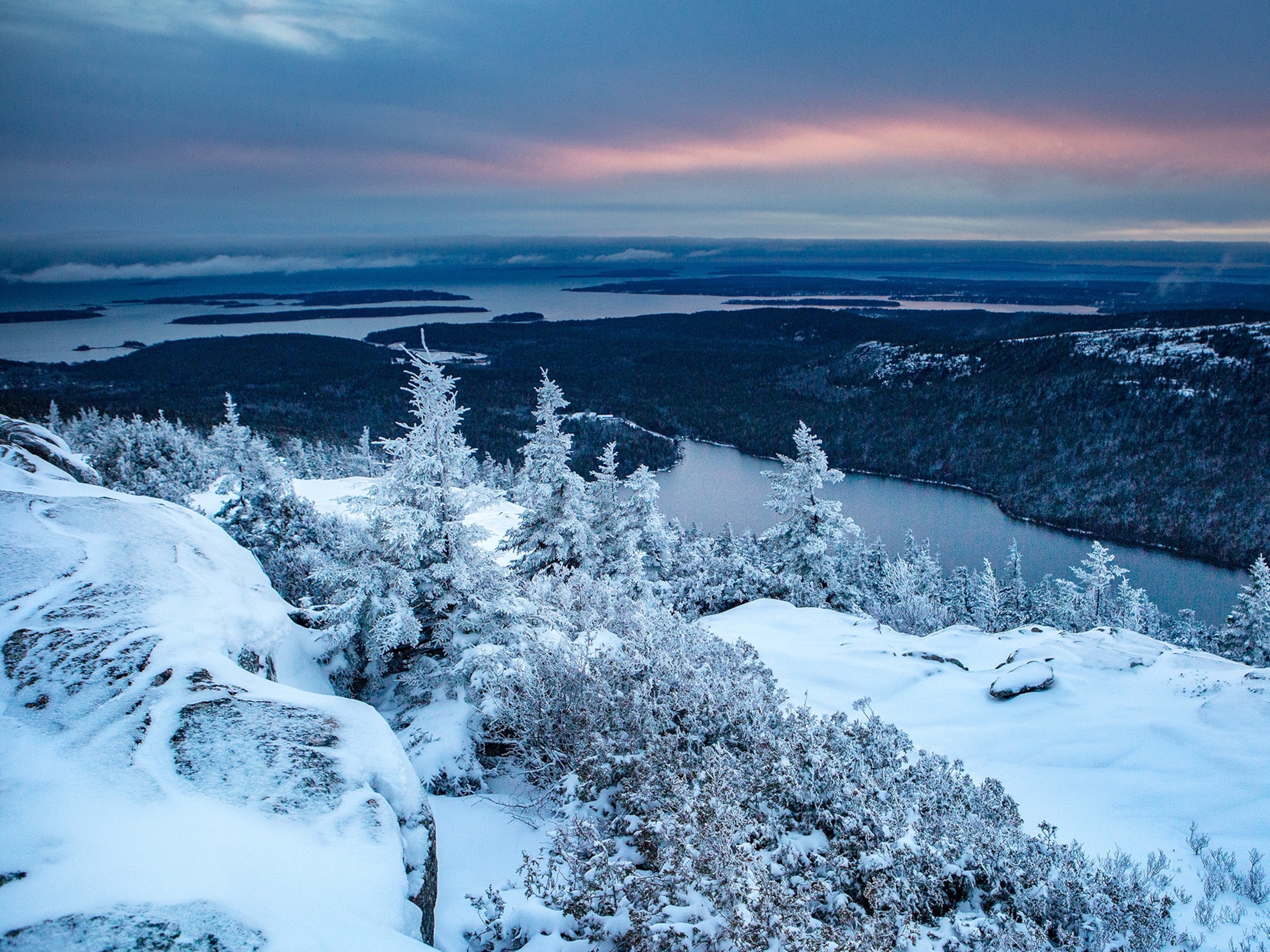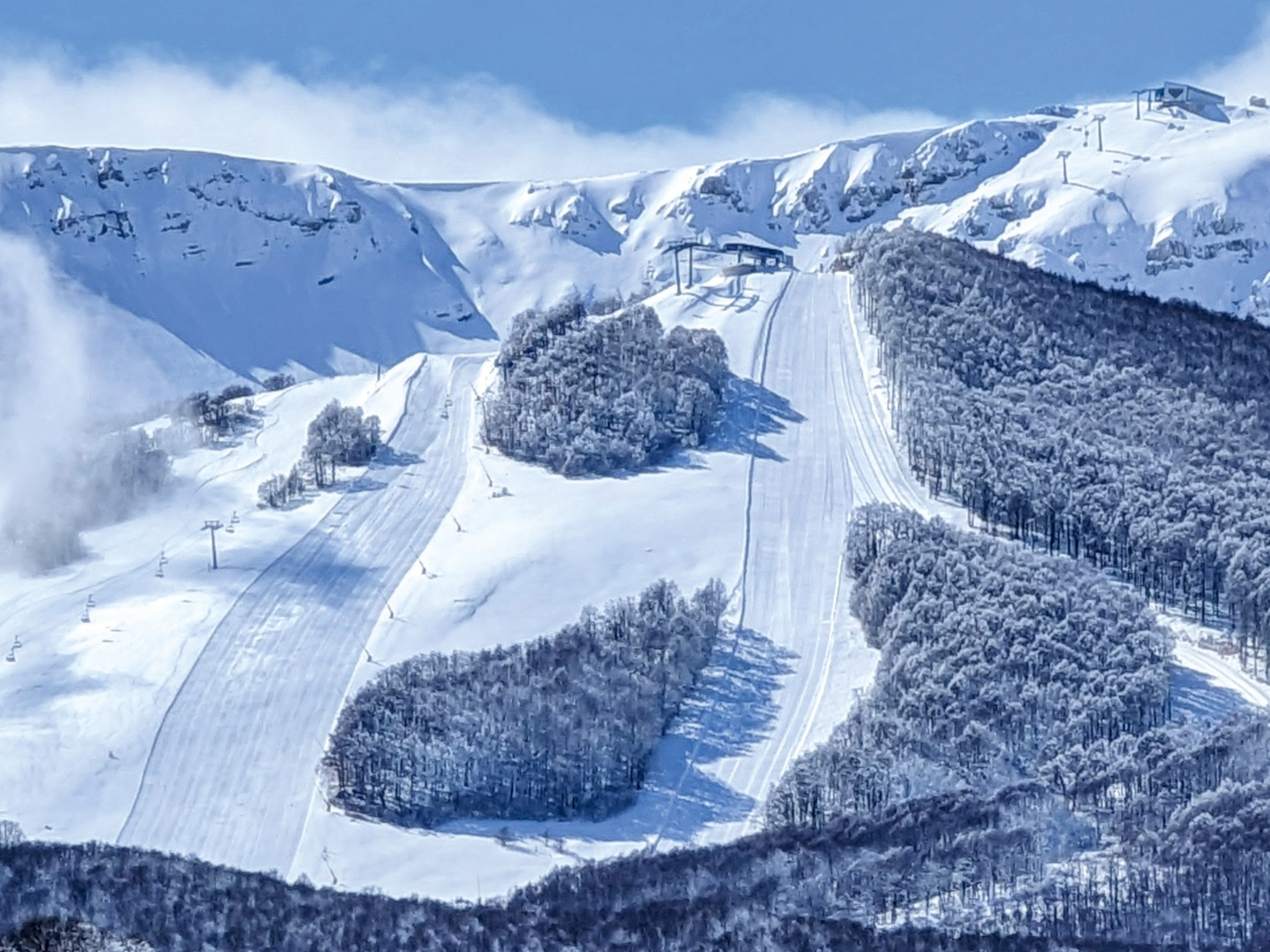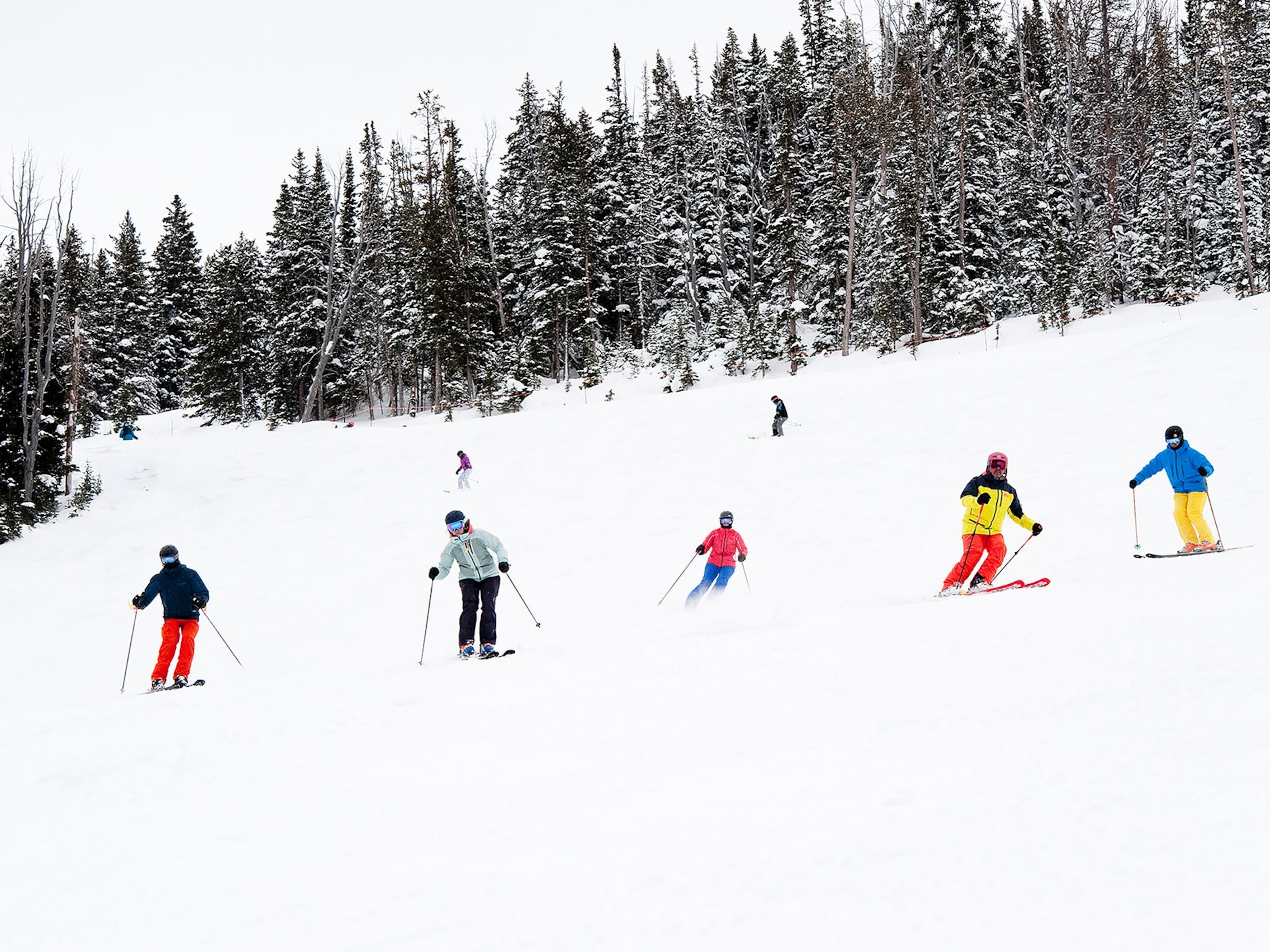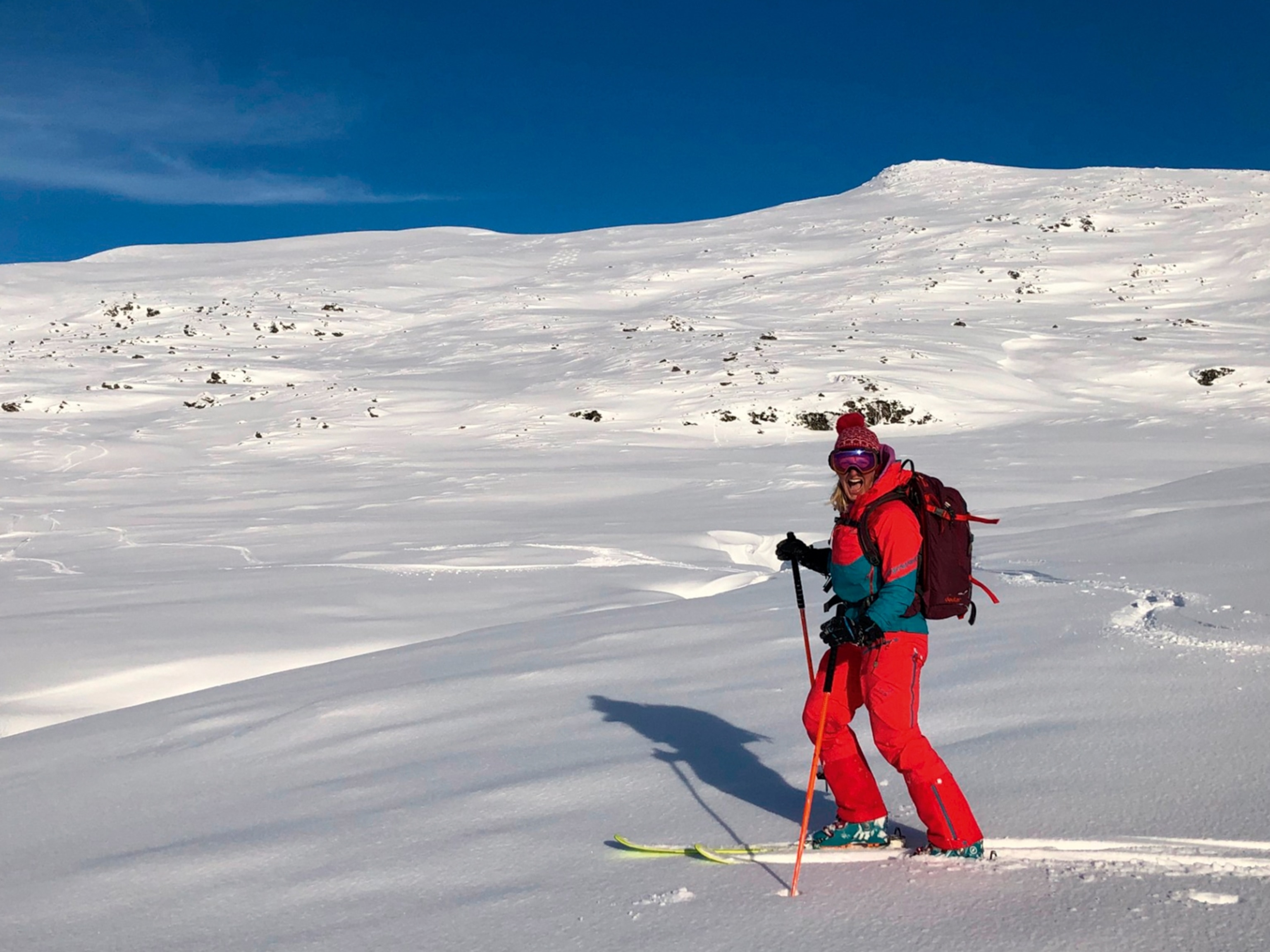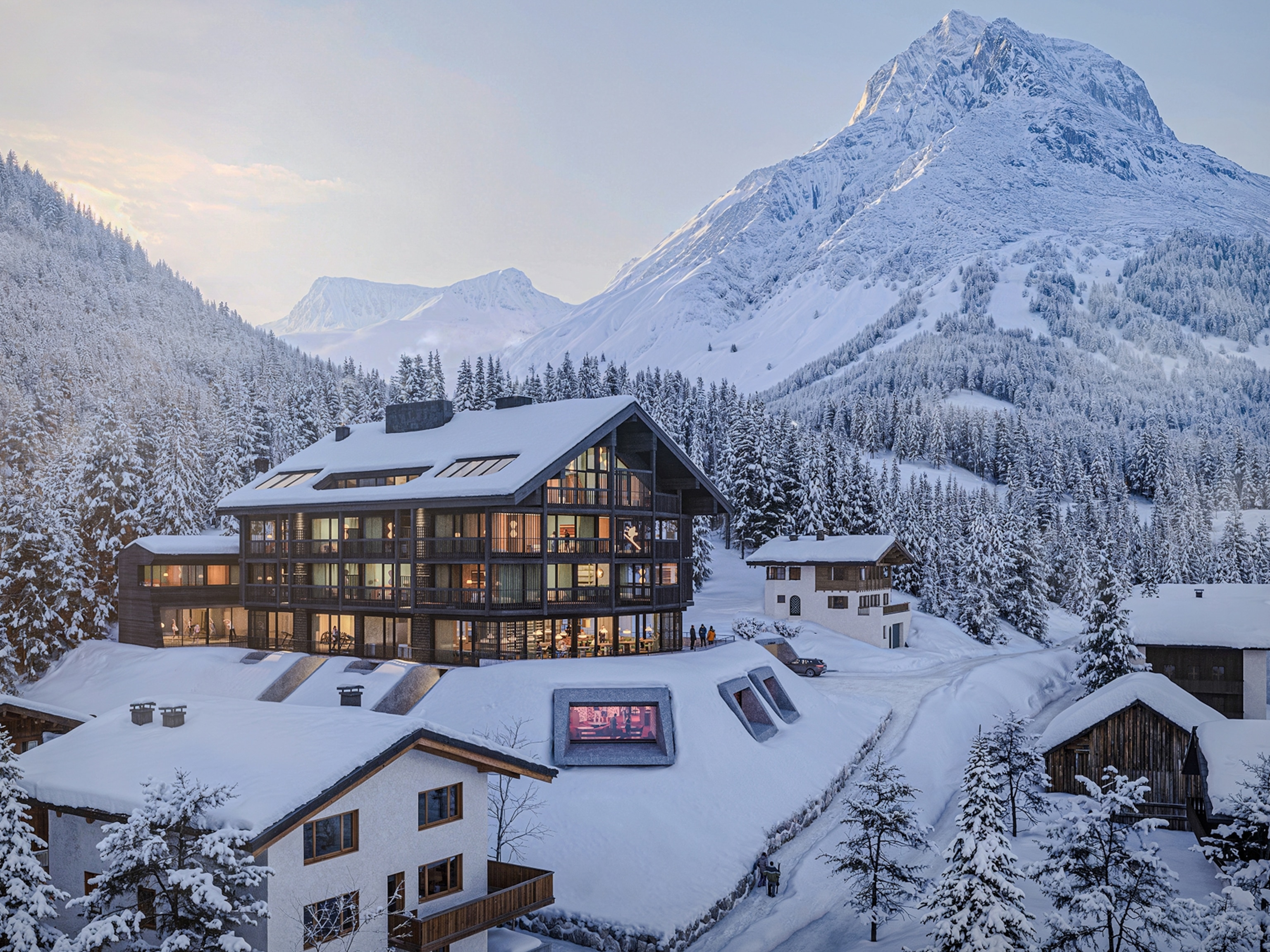More than ten feet (three meters) of snow fell last week in parts of upstate New York, and more is forecast for the U.S. Northeast in the coming days.
In all that snow, however, scientists believe the chance that any two flakes are exactly alike is virtually zero.
Why?
The answer, according to New York-based writer Mariana Gosnell, is in the way snowflakes form and fall to Earth. The process is detailed in her book Ice: the Nature, the History, and the Uses of an Astonishing Substance.
A snowflake begins to form when water vapor condenses around a speck of dust high in the clouds—up to six miles (ten kilometers) up—and then crystallizes.
How the water vapor keeps on condensing and where the snowflake falls "is what determines the way the snowflake, or snow crystal, looks when it lands on your coat sleeve," Gosnell said. "It is extremely sensitive to microenvironments."
Between 27ºF and 32ºF (-2.8ºC and 0ºC), for example, crystals take the form of six-sided plates. Below that, needles form. A few degrees colder yields hollow columns; chillier yet, fernlike stars.
If temperatures drop further, plates and columns form again.
These crystals—usually six-sided because of the way hydrogen atoms bond with oxygen to create water—may eventually sprout branches, which continue to grow as additional water molecules cluster on the crystals' surfaces. (See a snowflake photo gallery.)
Humidity also plays a role. Drier air encourages growth across flat surfaces, for example, while higher humidity encourages growth at the tips, edges, and corners. More water vapor also leads to faster-growing and more intricate crystals.
To further complicate matters, as a crystal falls, frost could freeze to it or another passing flake could break off some of the crystal's branches. Even the the approach of a water drop can influence how a branch grows.
"By the time it reaches Earth, it may not have any resemblance to the very simple crystal that it started out as six miles up," Gosnell said.
Snow Science
Jon Nelson is a research scientist at Ritsumeikan University in Kyoto, Japan, who studies snowflakes.
He said that the processes that give snowflakes their uniqueness are poorly understood.
For example, scientists are uncertain why crystals take different shapes at different temperatures and do not know precisely how temperature and humidity affect growth.
Nor are researchers sure how snow crystals impact global climate.
In the daytime, for example, thick clouds full of snow crystals are believed to reflect sunlight, keeping Earth cool. At night, however, the same clouds act as a blanket, absorbing the heat given off by Earth.
"It has competing effects," he said. "It's not a very simple thing."
Researchers do know enough to confirm that the "no two snowflakes are alike" adage is likely true for fully developed snowflakes, Nelson added.
But it may not hold for some flakes that fall out in the early stages of crystal formation, he said.
In the earliest stages, Nelson pointed out, snow crystals are simply six-sided prisms—plain plates and columns of various sizes.
Nelson's research shows that snowflakes will stay in this stage for a relatively long time at temperatures between 8.6ºF and 12.2ºF (-13ºC and -11ºC).
"In that form they sometimes do reach the ground. And in that case, there's not much detail to distinguish any two," he said.
However, once branches start growing the crystal "very easily picks up its own unique shape," he added.
And just because two underdeveloped snowflakes may look alike, Nelson said, don't expect to find them.
If you had a million snow crystals photographed for comparison and could compare two of them every second, "you'd be there for nearly a hundred thousand years or so," he said. "It's a safe bet they won't be discovered."
According to Gosnell, the writer, some people have looked at snowflakes through a microscope and claimed they found two that look alike.
"But there's a lot of things a microscope—a good optical microscope—can't see, and the chances that at the molecular level they will be the same are pretty much nil," she said.
Related: 13 Photos of Extreme Weather
In her book, Gosnell cites snow scientist Charles Knight at the National Center for Atmospheric Research in Boulder, Colorado. Knight estimates there are 10,000,000,000,000,000,000 water molecules in a typical snow crystal.
"The way they can arrange themselves is almost infinite," Gosnell said.
And, she adds, David Phillips, the senior climatologist with Environment Canada, has estimated that the number of snowflakes that have fallen on Earth over the course of time is 10 followed by 34 zeros.
"So, you know, nobody can say for absolute certain," Gosnell said.
"But I think experts are in agreement the likelihood of two being identical is next to impossible."















